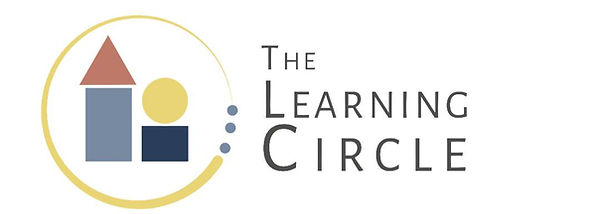
A Mixed-Age Approach
Our classrooms are mixed-age to better support the phases and stages of early childhood development. Having both older and younger children together provides opportunities for growth and learning. It also offers more space for creative and interesting activities as children are freely able to develop at their own pace.
Social
Development
Children are able to practice turn-taking, cooperating, and collaborating with their peers. They learn empathy and gain perspective of others. The younger children are exposed to more positive modeling from the older children. The older children can naturally take on more leadership roles which builds self-esteem and confidence.
Communication
Skills
Younger children are exposed to new vocabulary and stronger language, while older children learn to adapt their communication while being helpful, tolerant, and supportive to their younger peers. Children practice communicating with each other during play. They learn to express their wants and needs and share their thoughts and ideas with others.
Cognitive
Growth
Children feel more comfortable and confident because they are surrounded by peers with different levels of experience. Involving children of different ages and stages of development can also help provide more engaging and complex learning activities that will foster teamwork. They develop critical thinking, creativity, and problem-solving skills through play and interactions with others.
Relationships
& Stability
There are less transitions for the children and their parents. The same teachers can oversee the classroom of mixed ages. The children can build trusting relationships with the same teachers and peers as they get older without experiencing as much change. Having this stability and consistency provides a sense of security, builds stronger classroom communities, and fosters deeper home/school connections.
Our Classrooms




Infants and Toddlers: 6 weeks - 24 months
What you can expect to see in our classrooms:
-
Building relationships with caregivers
-
Experimenting with cause and effect
-
No "contraptions" - infants are free to explore their environment (supports cephalocaudal and proximodistal development)
-
Safe and Nurturing Environment
-
Fostering social interactions with peers
-
Support of individual needs and milestones




Twos: 2-3 years
What you can expect to see in our classrooms:
-
Routines with clear expectations
-
Working on self-help skills
-
Building and supporting autonomy
-
Practicing turn taking and developmentally appropriate social interactions
-
Identifying feelings
-
Supporting toilet learning
-
Building classroom community
-
Early pre-writing skills through hands on fine motor learning experiences




Preschool: 3-5 years
What you can expect to see in our classrooms:
-
Cooperating and collaborating as a large group
-
Problem solving
-
Environmental print
-
Building relationships with peers
-
Pre-writing, writing, and pre-reading
-
Early math exploration
-
Child-led projects